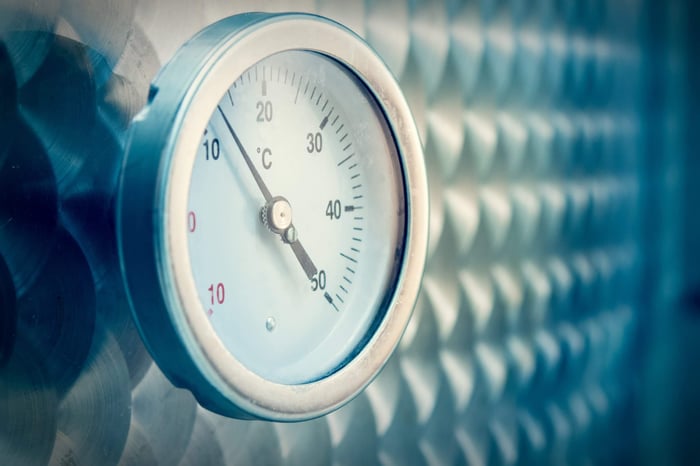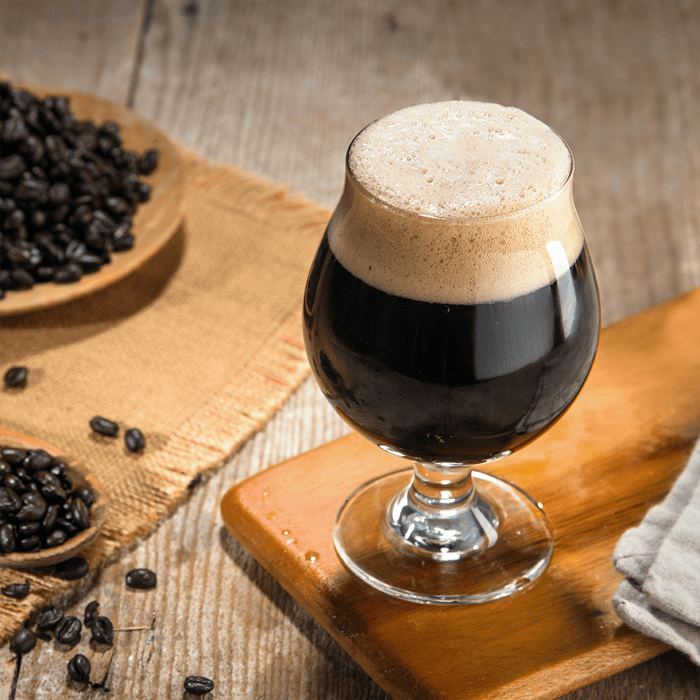Picture this: you've just cracked open your latest homebrew, and it tastes exactly like you imagined it would. Clean, flavourful, perfectly balanced – the kind of beer that makes you wonder why you ever bought commercial stuff. The secret behind this brewing success? It's probably not what you think.
Most homebrewers focus on grain bills, hop schedules, and water chemistry first – all important stuff, absolutely. But the real game-changer is often the least glamorous: fermentation temperature control. Your yeast are responsible for creating the majority of flavours in your finished beer, and keeping them at their optimal temperature range is crucial for consistent, quality results.
Living in Australia presents unique challenges for homebrewers. Our climate swings from scorching summers to chilly winters, often within the same week in some parts of the country. That's why temperature control isn't just nice to have – it's essential for serious brewing.
How Heat Destroys Your Beer
The Fusel Alcohol Problem
When fermentation temperatures climb too high – something that happens easily during an Australian summer – yeast metabolism shifts toward producing fusel alcohols. These higher alcohols create harsh, solvent-like flavours that make beer taste "hot" and unpleasant. Originally called "fusel" (German for "bad liquor"), these compounds don't just ruin flavour – many brewers believe they contribute to hangover severity.
Ester Overproduction
Esters provide much of beer's character, from subtle fruit notes to complex spice. However, temperature dramatically affects ester production. Research shows that a 15°C temperature increase can boost ester levels by 75%. What should be pleasant fruit character becomes cloying, overripe flavours that overpower your beer's balance.
Cold Temperature Challenges
Fermentation Stalling
While Australian summers are notorious for overheating fermentations, winter brewing brings its own problems. Excessively cold temperatures slow yeast activity to a crawl, creating ideal conditions for bacterial infection while limiting beneficial compound production. The result is bland, potentially contaminated beer.
Heat Generation During Active Fermentation
Active fermentation is an exothermic process – it generates heat. Even if you pitch yeast at perfect temperatures, internal fermenter temperatures will rise significantly during peak activity. In Australia's warm climate, this internal heat generation can quickly push fermentation into problem territory without proper cooling systems.
Achieving Professional Clarity
Cold Conditioning Benefits
One of the most effective ways to achieve commercial-quality beer clarity is through cold conditioning. By dropping finished beer to near-freezing temperatures (1-2°C), you promote flocculation – the natural process where yeast cells aggregate and drop out of suspension.
This technique produces brilliantly clear beer while minimising chill haze formation. Combined with Australia's excellent brewing water in many regions, cold conditioning can produce pub-quality clarity at home.
Stress Responses and Yeast Health
Metabolic Disruption
High temperatures force yeast to reproduce rapidly, exhausting essential nutrients before complete sugar conversion occurs. This leads to stuck fermentations, residual sweetness, and unbalanced beer profiles.
Temperature stress also increases yeast mortality rates, reducing viable cell populations needed for proper attenuation. Dead yeast cells contribute off-flavours while leaving unfermented sugars that throw beer balance completely out of whack.
Style Considerations for Australian Conditions
Showcasing Australian Ingredients
Australia produces some of the world's finest brewing ingredients – from Galaxy and Vic Secret hops to premium malting barley. Proper temperature control ensures these quality ingredients express their intended character rather than being overwhelmed by fermentation-derived off-flavours.
Many traditional beer styles require specific ester and phenol profiles that only develop within narrow temperature ranges. Ferment too cold, and you'll suppress essential character compounds. Too warm, and unwanted flavours dominate your carefully planned recipe.
CO2 Effects on Flavour Retention
Carbon dioxide evolution during fermentation strips volatile compounds from beer. Lower temperatures reduce CO2 solubility, helping retain delicate aromatics – particularly important when using premium Australian hop varieties where aroma preservation is crucial.
Strategic temperature manipulation can also remove unwanted compounds. Early fermentation sulphur notes can be naturally scrubbed through controlled CO2 evolution via gentle temperature increases.
Battling Australia's Variable Climate
Seasonal Consistency Challenges
Australia's extreme seasonal temperature variations make consistent brewing incredibly challenging without proper temperature control. Melbourne's "four seasons in one day" weather patterns or Darwin's tropical conditions create impossible brewing environments without climate control.
Temperature-controlled fermentation ensures your winter brews taste as good as summer batches, regardless of ambient conditions.
Year-Round Brewing Freedom
Proper temperature control liberates Australian brewers from seasonal restrictions. Brew crisp lagers during Perth's 40°C summers or rich stouts during Adelaide Hills' frosty mornings. Your brewing schedule becomes about personal preference rather than weather patterns.
Practical Implementation
Professional-grade temperature control doesn't require commercial brewery investment. Grainfather temperature control solutions provide homebrewers with precision temperature management scaled for home operations, giving you the same control that commercial Australian breweries rely on.
Whether you're brewing with Coopers heritage yeast strains, showcasing Tasmanian hop varieties, or creating uniquely Australian beer styles, temperature control ensures your vision becomes reality in the glass rather than being compromised by uncontrolled fermentation conditions.
The investment in proper temperature control represents the most cost-effective upgrade available to serious homebrewers. The improvement in your finished beer will be immediately apparent – cleaner flavours, improved clarity, and consistent results that showcase your brewing skills rather than hiding them behind fermentation faults.
Ready to take your brewing to the next level? Questions about temperature control implementation? We'd love to chat about your brewing setup – drop us a line
Grainfather Team










